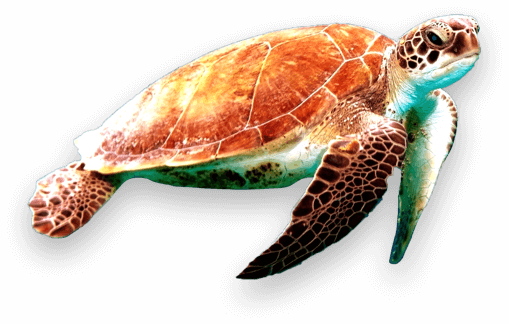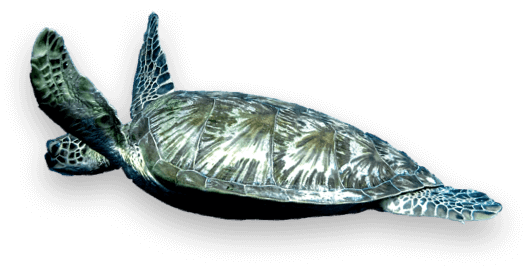You should wait 2-4 hours (or a full cycle through the filter) from the moment you use calcium chloride in your pool to swim. It’s safe to swim once your chlorine level is around 5 ppm or after 24 hours. It’s finally swimming season again and that means the pools everywhere are getting ready to cool you (and many other people) off. Whether you’re filling your pool for the first time or changing the water seasonally, it’s a good idea to go through a pool prep checklist to make sure everything is set up and working properly before you swim.
If you jump into a pool too early after a shock and experience symptoms, Alan says it’s important to get out into the fresh air as soon as possible (i.e. after adding chemicals to a pool or spa, it’s always best to retest the water before entering, after adding chemicals to ensure that the values are met safely. Testing your water is the only way to be sure what these chemicals do in your pool water. It helps prevent chlorine from draining off quickly, which helps maintain a constant level in the pool.
Pools are shocked to keep water healthy and clean by removing algae and bacteria after frequent use or contamination events. In addition, high chlorine levels lower the pH of pool water, which becomes more acidic and can affect the pool itself. One of the challenges of keeping children and young people out of the pool for the appropriate period of time is that the chemicals are no longer visible after addition, even if they are not yet completely dissolved, so they appear to be “gone.” If you’re at all afraid or worried about swimming in the pool after adding chlorine, wait 24 hours or take a test strip before going back into the pool.
But there’s no one-size-fits-all rule for how long to wait to swim after adding chemicals to your pool. If you have a standard gunite pool in San Diego, you’re probably using the typical types of chemicals that need to be checked. If you contact a local company that offers pool water deliveries or changing services, you may be able to enjoy your pool right away. There are two main types of chlorine pool shock (i.e. shocked chlorine): calcium hypochlorite (often referred to as Cal-hypo) and dichloroisocyanuric acid (often referred to as di-chloro).
If your water chemistry is balanced and your swimming pool is properly maintained, it means more hours of fun for the whole family.


